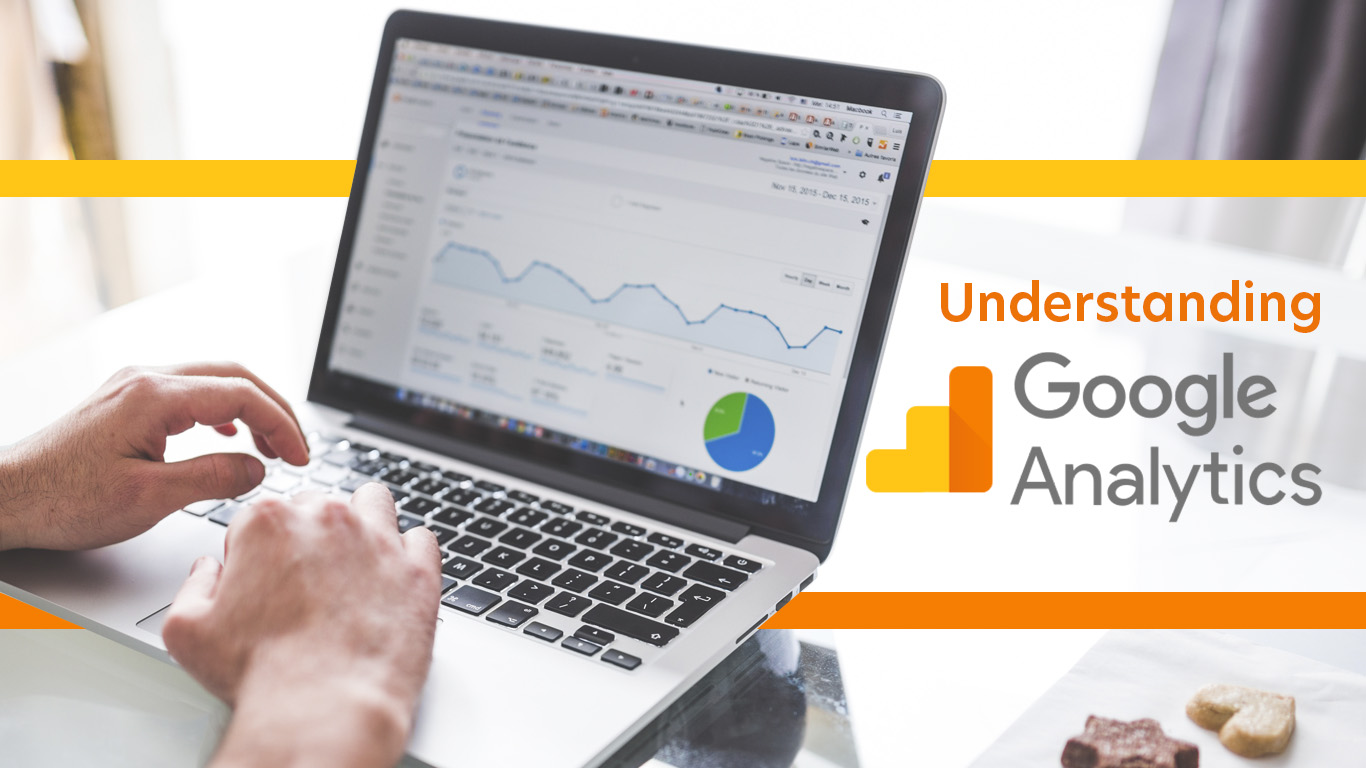// WIDSIX WRITTEN WORD //
Understanding Google Analytics
The term “web analytics” might seem frightening to some. Data? Analytics?! Analyzing data?!? At this very moment, you may be having flashbacks to your traumatic stint in high school Statistics class. But not to fear, web analytics tools like Google Analytics make demystifying website traffic information straightforward and simple, with its user-friendly, entirely FREE, platform.
What is Google Analytics and How Does It Work?
Google Analytics (GA) is a completely free tool created by, you guessed it, Google! The tool works by implanting specific lines of code into the existing code for your website which will track and record various activities of users as they click through your website. The tool can even pull things like age, gender, interests, etc of users. Pretty freaky!
The two types of data GA collects are 1) User Acquisition Data (data about your users before they visit your website), and 2) User Behavior Data (data about your users when they visit your website). It then sends all of the data it collects to the Google Analytics server. Google Analytics aggregates the data into the following groups/levels:
- User-level (related to actions taken by each user)
- Session-level (each individual visit to the site itself)
- Pageview-level (each individual page viewed)
- Event-level (buttons clicked, videos viewed, etc)
It can be difficult to create marketing goals without knowing who your audience is and what they want. By collecting this data, Google Analytics can help you gain a deeper understanding of your customer base so you can deliver better experiences and improved results, whatever your needs may be.
Analytics Intelligence
Analytics Intelligence is a set of features within the platform that employs machine learning to help you better understand and act on your data. Analytics will automatically pull insights from your data on key changes, new trends and other opportunities you should be aware of. You can also perform user and conversion modelling.
Or, in regular person speak, GA will answer questions you have about your data in plain English. The AI will try its best to come up with an answer based on the data it has collected, and the more data you have, the better.
Data Analysis and Visualization
Whereas Analytics Intelligence will help you understand what your data IS, Data Analysis and Visualization will help you, well, analyze and visualize your data! It does this through the creation of various kinds of tables and charts, so you have the opportunity to have your data laid out for you in a number of ways. This can help you compare and contrast, and hopefully inform your strategy a lot better.
Data Collection and Management
Google Analytics can be setup to automate day-to-day tasks of data collection, creating a smooth, seamless experience. GA provides a smorgasbord of tools that your administrators can configure to a setup that works best for you, and developers can automate that to make the process even smoother. That takes a load of work off of your shoulders, so that you can focus on analyzing data.
Integrations
You can set up integrations with other Google Programs as well to maximize data collection and analysis. Essential apps like Google Ads, Google Search Console, AdSense, YouTube, Google Docs, and other non-Google programs can all be integrated into your Google Analytics experience.
No worries if you’re still a little fuzzy on some of the stuff we talked about. With Google Analytics, it’s near impossible to understand everything. You can get a good idea of what it is and what it does, but to use it to its fullest potential, it would be in your best interest to have a team of developers and administrators behind you.





